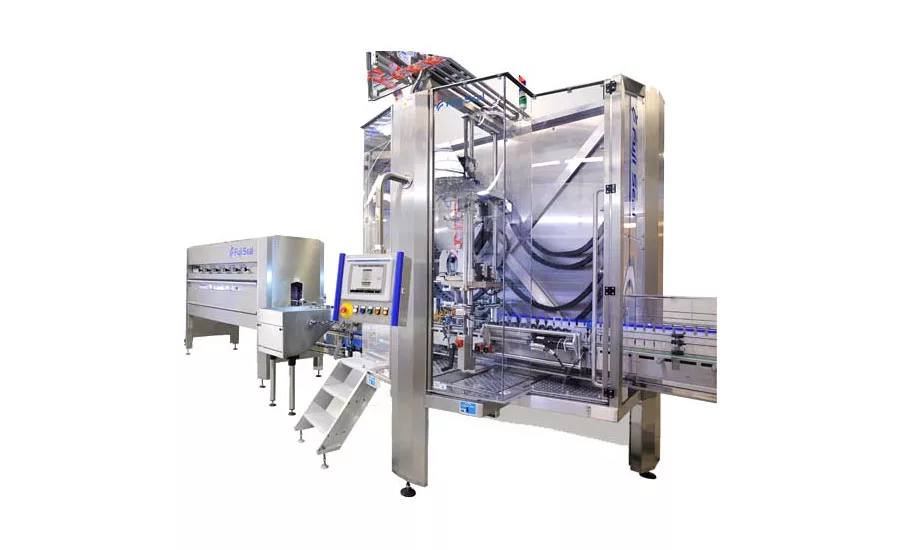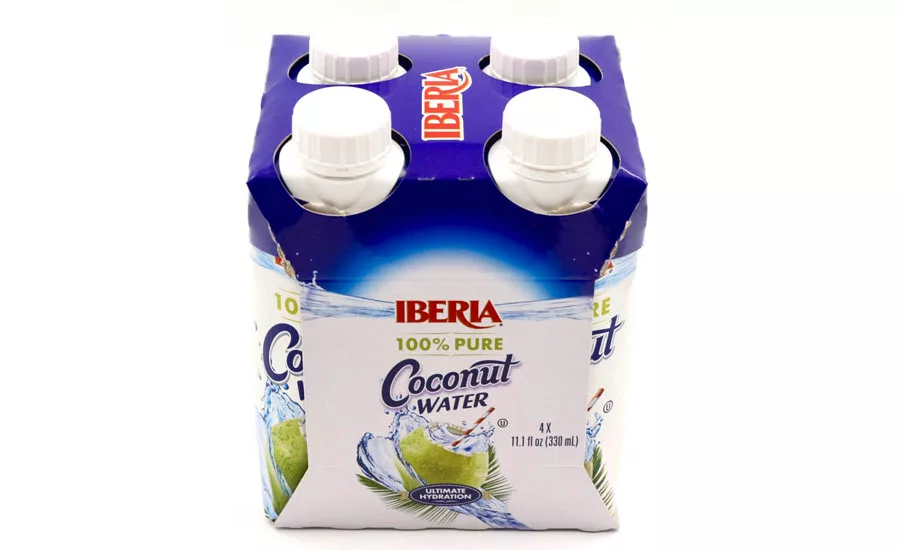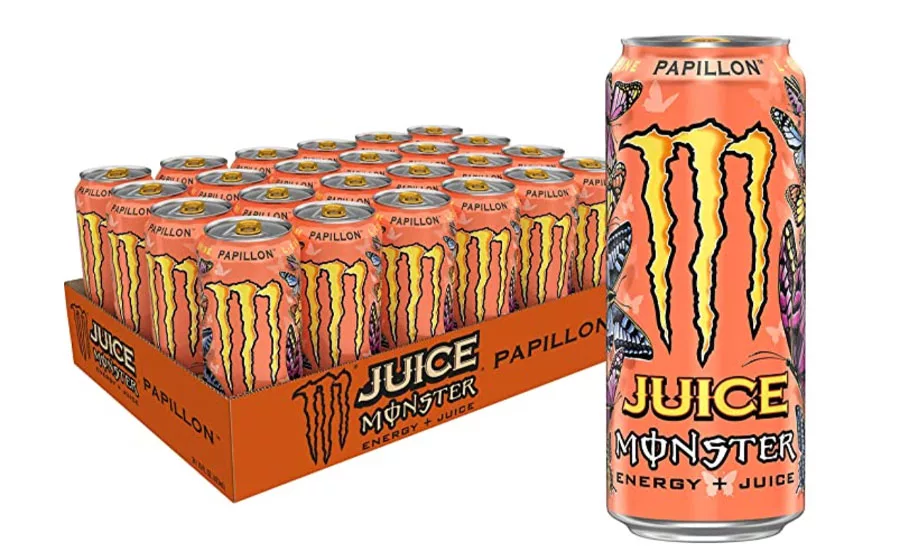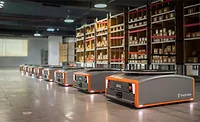Contract packing industry pivots, grows from challenges
Diverse beverage market encourages modernization of contract packing



With manufacturing norms upended” by the pandemic, manufacturers are taking a step back to assess these changes.
Mordor Intelligence’s “Contract Packaging Market: Growth, Trends and Forecasts (2020-2025)” report states the contract packaging market was valued at $52.28 billion in 2019. With a at a compound annual growth rate (CAGR) of 15.33 percent, the report prognosticates the market will reach a value of $118.94 billion by 2024.
Gary Hemphill, managing director of research for New York-based Beverage Marketing Corporation (BMC), states that, in the beverage industry, carbonated soft drinks, PET bottled water and RTD tea are the Top 3 categories that are contract packed. Close behind them are beer, fruit juice and sports drinks.
Trends influencing packaging
As consumers increasingly express environmental concerns, along with the producers’ demand for economical packaging options, contract packers are adopting earth-friendly alternatives and eco-sensitive package designs, Mordor’s report states.
“Sustainability and customization are likely to continue to positively impact the contract packaging market, leading to growth in use in consumer packaged goods, such as personal care and food and beverages, over the forecast period (2020-2025),” the report states.
John Moran, chief executive officer and founder of SourceHUB, Chicago, notes that sustainability, supply chain resiliency and automation are trends impacting contract packaging right now, plus the rate of change in SKUs.
“From marketing changes to regulatory/legal requirements, SKU change velocity has increased significantly over the past few years,” he says. “This adds pressure on teams to do more with equal or less resources.”
Trade restrictions as well as the effects from the pandemic also continue to affect the supply chain. As such, utilizing a single source of truth and workflow automation will be critical to building supply chain resiliency in manufacturing Moran says.
“Packaging has a history of poor specification management. So, when there are major shocks to the system, it is nearly impossible to respond at the speed that today’s climate requires,” he says. “Companies are recognizing that supply chain resiliency is necessary to thrive in the current climate.”
Highlighting the importance of supply chain resiliency, the pandemic woke manufacturers up to the reality of disruptions in packaging operations.
“Looking back, we were spoiled in a very stable global supply chain for 20-plus years. We enjoyed a stability that, quite frankly, is shocking,” Moran says. “Being reliant on single-sourcing strategies is no longer an option.”
For example, 60 percent of flexible intermediate bulk container (FIBC) bags come from India, Moran notes. When shut down, 60 percent of the global supply for these bags disappeared overnight, he explains.
However, workflow automation and collaboration tools can provide a single source of truth throughout the entire packaging value chain, he says. By getting everyone on the same page, companies can build a resilient supply chain and stabilize production schedules, Moran adds.
“By owning your specifications, you can respond instead of reacting to disruptions,” he says. “Whether it is geo-political, trade or something like COVID, you can intelligently respond and quickly make error-free adjustments much faster than with management by Excel, email and informal processes.”
Moran notes that managing artwork, specifications and orders the “old way” can involve scrambling to expedite freight, move production schedules, and more, whereas automating the upfront artwork and specification processes provides breathing room. While SourceHub focuses on automating at the front end to reduce the pressure on production schedules, Moran says bringing everyone onto a single platform where automation is involved has significant synergies with contract packaging.
“By allowing the manufacturing experts (co-packers) to do their jobs, efficiency follows. But going one step further, collaborating throughout the entire lifecycle of a package creates even more efficiencies,” he says.
Influence on beverage
When it comes to the beverage industry, Eric Miller, chief executive officer at Brooklyn, N.Y.-based Iberia Foods Corp./Brooklyn Bottling, says that the contract packing market historically was dominated by carbonated soft drinks. However, that is no longer the case.
“It appears consumer trends are leaning toward healthier, function/benefit-focused, low-calorie beverages,” he says. “Bringing on an array of entrepreneurs, as well as new launches from major beverage companies, most of these launches have special needs, whether they be in packaging or processing, and usually have shorter runs with more flavors.”
Miller says this makes processes difficult for large manufacturers that are accustomed to long, single-flavor or single-SKU production runs.
“Having a contract packer produce products for a brand instead of taking production in-house saves the brand [capital expenditure] costs and volume requirements that a brand or product line is not ready for from a monetary or demand perspective,” Miller says. “Contract packers like us can produce more efficiently without customers tying up capital.”
Miller notes that flexibility in machinery, personnel and experience are necessary to produce the specialty beverages of today.
“At Brooklyn Bottling, we are focused specialists at producing all varieties of hot- and cold-filled cans, glass and PET,” he says. “Our own entrepreneurial background and approach to production helps us make customers’ concepts come to fruition.”
‘The glue’ holding it all together
For the beverage industry, Brooklyn Bottling’s Miller notes that the biggest growth trends involve hot- and cold-fill cans.
“We also see a big trend toward shrink-sleeve labels for greater customization for hot-fill PET and glass products,” he says.
In response, Brooklyn Bottling will add a FUJI shrink sleeve labeler in 2021 to meet this demand. He adds that on a non-technical front, efficiency and trust are essential.
“A contract packer’s success boils down to relationships and producing a quality product in a timely way,” Miller says. “Especially during COVID-19 when most plants are oversold, this is key.”
Sustainability and automation also will play a bigger role in contract packing, SourceHUB’s Moran says. He notes that concerns such as shelf life, filling performance and print quality all go into the process.
“Companies need a really strong understanding of what their specifications are currently. Then, sustainable packaging can be built around the real world requirements of the package,” he says. “As simple as it sounds, automation and having a single source of truth in workflow and production is key to accelerating the push toward sustainable packaging and the need for supply chain resiliency.”
Moran predicts that tools that allow for collaboration and fast responses to disruptions, working from home, and off-shoring are a few trends here to stay when it comes to contract packing.
“Companies need to build a solid foundation to continue to manage change, which will not slow down,” he says. “Getting boots on the ground with local presence in countries where companies are manufacturing is key.”
Moran also prognosticates that packaging will “modernize” during the next five years.
“Everyone being on the same page is no longer a ‘nice to have’; it is critical in today’s environment for everyone — from customers to manufacturers to the multiple service providers — to be on the same page and have a single source of truth,” Moran says. “Collaboration does not just benefit the process. It is the glue that brings everything together.”
Looking for a reprint of this article?
From high-res PDFs to custom plaques, order your copy today!






